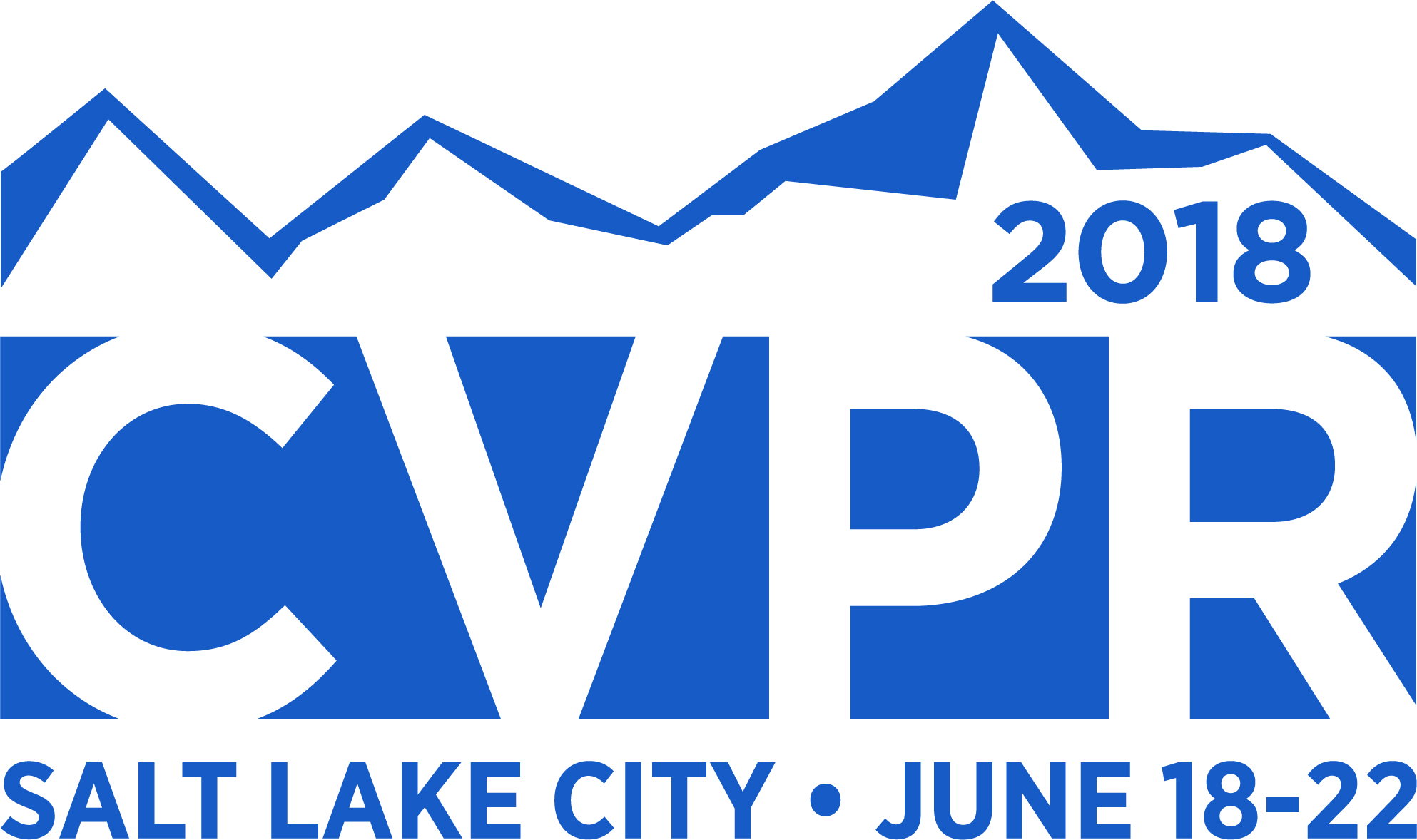-
Neural Sign Language Translation
AbstractSign Language Recognition (SLR) has been an active research field for the last two decades. However, most research to date has considered SLR as a naive gesture recognition problem. SLR seeks to recognize a sequence of continuous signs but neglects the underlying rich grammatical and linguistic structures of sign language that differ from spoken language. In contrast, we introduce the Sign Language Translation (SLT) problem. Here, the objective is to generate spoken language translations from sign language videos, taking into account the different word orders and grammar. We formalize SLT in the framework of Neural Machine Translation (NMT) for both end-to-end and pretrained settings (using expert knowledge). This allows us to jointly learn the spatial representations, the underlying language model, and the mapping between sign and spoken language. To evaluate the performance of Neural SLT, we collected the first publicly available Continuous SLT dataset, RWTH-PHOENIX-Weather 2014T. It provides spoken language translations and gloss level annotations for German Sign Language videos of weather broadcasts. Our dataset contains over .95M frames with >67K signs from a sign vocabulary of >1K and >99K words from a German vocabulary of >2.8K. We report quantitative and qualitative results for various SLT setups to underpin future research in this newly established field. The upper bound for translation performance is calculated at 19.26 BLEU-4, while our end-to-end frame-level and gloss-level tokenization networks were able to achieve 9.58 and 18.13 respectively.
Related Material
[pdf][bibtex]@InProceedings{Camgoz_2018_CVPR,
author = {Camgoz, Necati Cihan and Hadfield, Simon and Koller, Oscar and Ney, Hermann and Bowden, Richard},
title = {Neural Sign Language Translation},
booktitle = {Proceedings of the IEEE Conference on Computer Vision and Pattern Recognition (CVPR)},
month = {June},
year = {2018}
}
These CVPR 2018 papers are the Open Access versions, provided by the Computer Vision Foundation.
Except for the watermark, they are identical to the accepted versions; the final published version of the proceedings is available on IEEE Xplore.
Except for the watermark, they are identical to the accepted versions; the final published version of the proceedings is available on IEEE Xplore.
This material is presented to ensure timely dissemination of scholarly and technical work.
Copyright and all rights therein are retained by authors or by other copyright holders.
All persons copying this information are expected to adhere to the terms and constraints invoked by each author's copyright.

